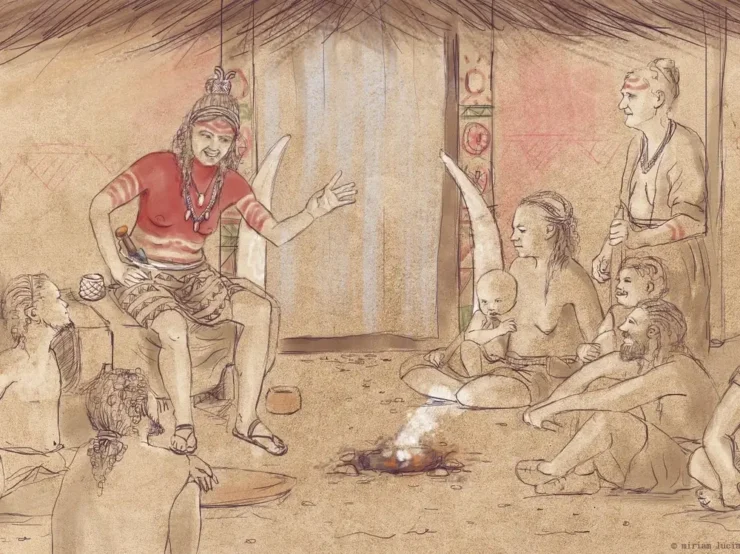New discoveries and research have proved that the myth that leaders in ancient societies were always male is not true. It has been determined that the finds unearthed as ivory man were actually ivory woman.
For more than a decade, it was assumed that the opulent tomb of a copper-age aristocrat within the archeological site known as Montelirio tholos in the city of Valencina, Spain, was created for a male.
Archaeologists dubbed the bones of a high-ranking man unearthed in 2008 the “Ivory Man” after examining a badly preserved pelvic bone dated about 5,000 years ago.
The moniker “ivory” stems from the luxurious goods discovered with the skeleton, which included an African elephant’s complete tusk and a rock crystal and ivory sword.



A team of University of Seville academics employed a novel approach to determine the sex of ancient bones. Rather of evaluating the size of the bones, the researchers examined the tooth enamel to see if the skeletons carried AMELX genes found on human X chromosomes. The scientists discovered the gene after examining two teeth.
According to the research, the Ivory woman was most likely the highest-ranking noble in her district, as demonstrated by her enormous, lonely tomb and lavish presents. According to the report, this was “at a time when no male attained a remotely comparable social position.” Only women “appear to have enjoyed a similarly high social position” throughout the Iberian Copper Age, according to the report.
“There have been other instances in which buried individuals were classified as male or female based on the assumptions of certain grave goods being given to men and women,” Leonardo García Sanjuán, one of the study’s co-authors, told Live Science. “This is a poor scientific practice and a cautionary tale.”
García Sanjuán added: “During this time period, we were starting to see new forms of leadership in Western European societies. She was a leader who existed before kings and queens, and her status wasn’t inherited, meaning that she was a leader based on her personal achievements, skills, and personality.”
